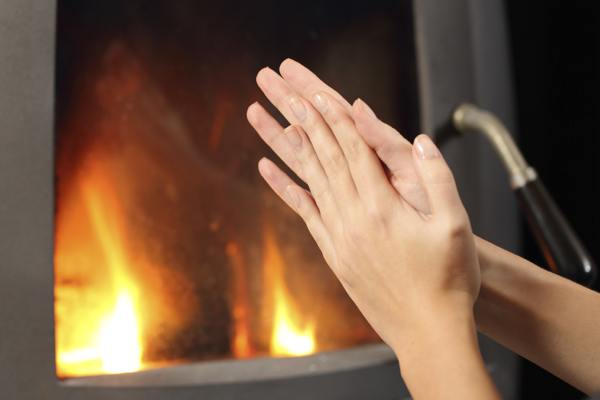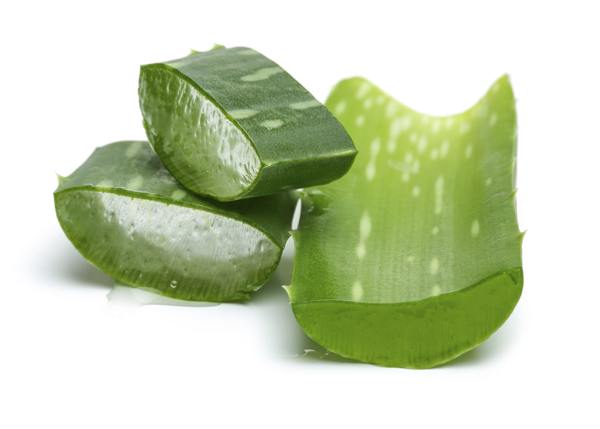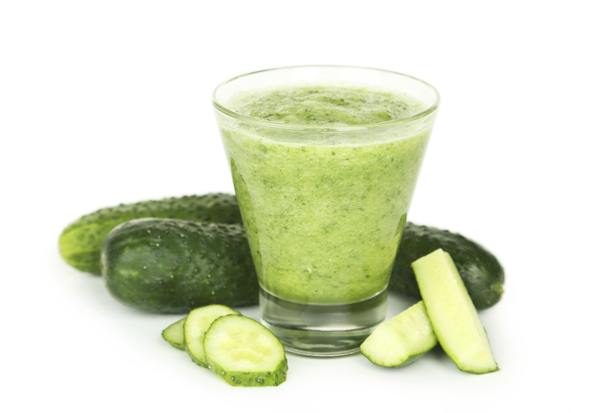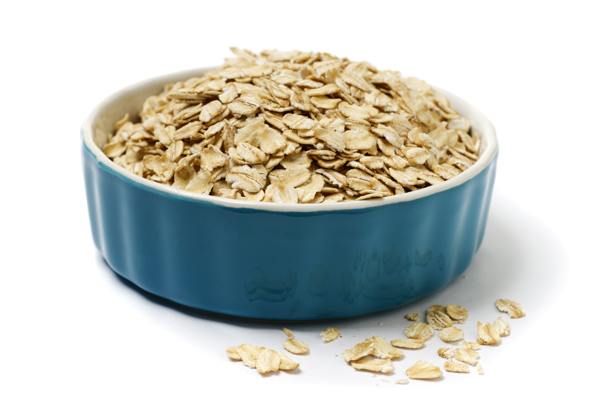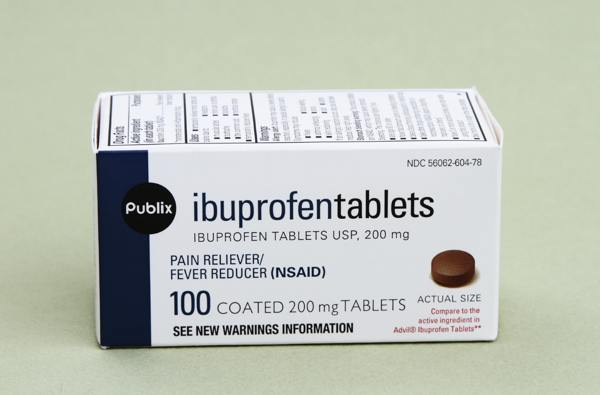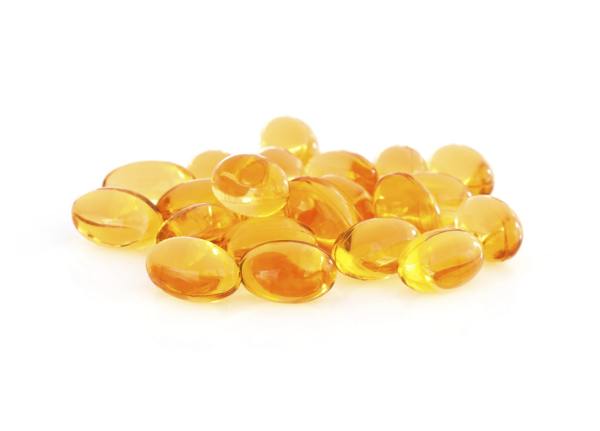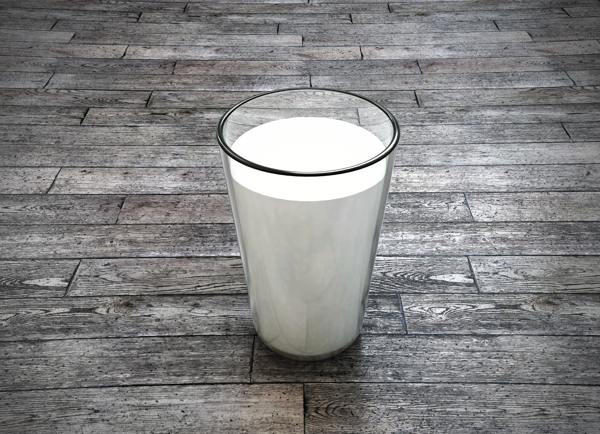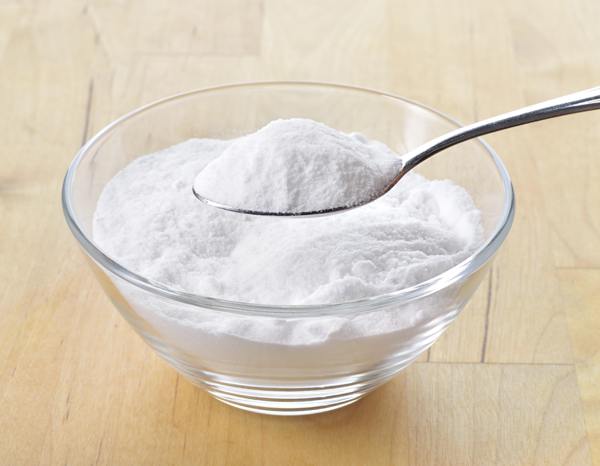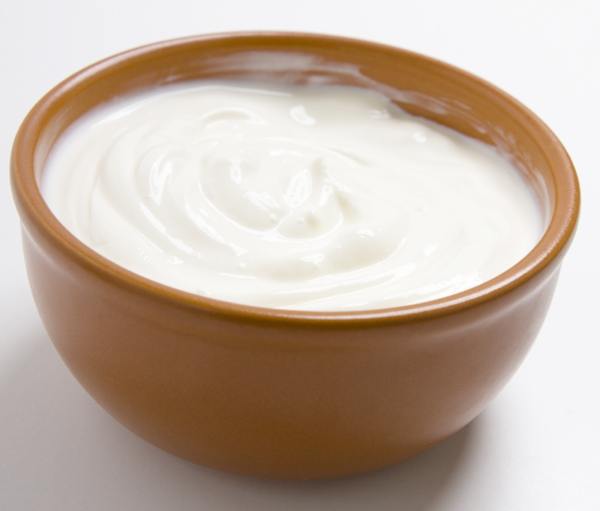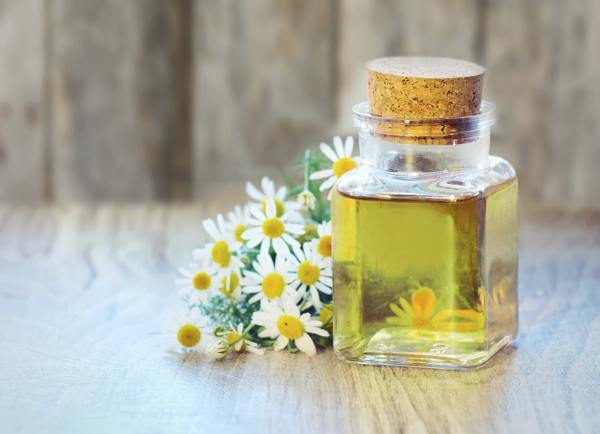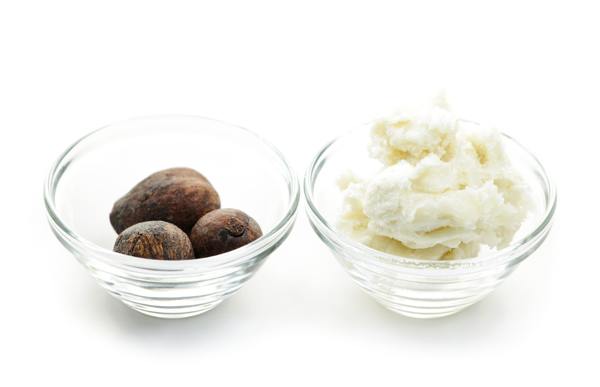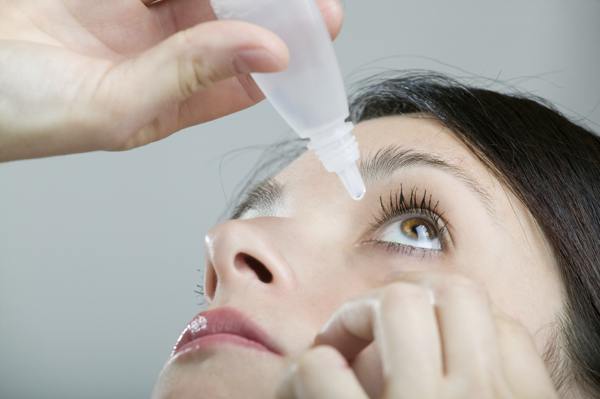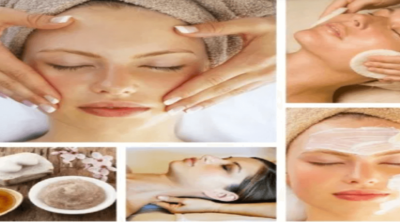
What is commonly described as windburn is usually sunburn. BeautiSecrets explains how to get rid of windburn with the use of some effective home remedies. Take a look.
Did You Know?
Prolonged exposure to ultraviolet (UV) radiation from the sun is the number one cause of skin cancer. The risk is the same irrespective of whether the sun exposure occurs in summer or on a cool, windy day in winter.
Sunburn is caused by UV radiation and its intensity does not depend upon the atmospheric temperature. So sunburns can occur in winters too. The UV index for a ‘warmer’ day can be similar to that for a ‘cooler, windy’ day. Dermatologists have confirmed that the term windburn is a misnomer for sunburns occurring in the cold weather.
Although the condition is commonly known as windburn, it is actually sunburn, as it is caused by the sun’s rays. The wind does not burn your skin. Excessive exposure to wind results in dry skin and this dryness can worsen the symptoms of sunburn. Cool breeze brings down the day-time temperature, and clouds seem to block sunlight. But the risk from exposure to UV radiation is present even on overcast days. Excess exposure to UV radiation can burn your skin. Hence protection is a must.
How to Get Rid of Windburns
Sunscreen
First of all, you should apply a good-quality sunscreen lotion over the affected area and put on protective clothing (and goggles) to prevent further skin damage.
Cool Water Bath
Never take a hot shower to get rid of windburn. Instead, go in for a cool (not cold) shower. If you are not comfortable with cool water, use tepid water. For better results, add one cup of cider vinegar to it.
Stay Away from Heat
Keep your windburned skin away from the heat of stoves, fires, or heaters.
Aloe Vera
Apply aloe vera gel to the affected skin, several times each day. This will help reduce the burning sensation.
Cucumber
Cucumber carries antioxidant and analgesic properties. It promotes fast healing of the windburned skin. With a blender, make a paste of chilled cucumbers and apply it over the affected region and on the face. It helps reduce the burning sensation.
Oatmeal
Soaking in an oatmeal bath can help in getting rid of the burning sensation. It will also help retain the skin’s softness. This is one of the best home remedies for windburn.
Painkillers
In case of severe pain and itching, you may take over-the-counter pain relievers like Ibuprofen and Naproxen. The medicines can help lower skin inflammation.
Vitamin E
Vitamin E works well for inflamed and sunburned skin. Apply creams that are rich in this vitamin. You may apply vitamin E oil or take vitamin E tablets.
Potato
Like cucumbers, potatoes too help soothe the skin. Wash a potato, grate it, and using a blender, make a paste. Apply the paste over the affected skin. Placing potato slices on the burned skin also helps soothe it.
Cool Milk
Dip a gauze or washcloth in cool (not necessarily cold) milk, drain off the excess milk, and put it on the burning skin. You may use moisturizing products that contain milky cleansers. They are good for soft and sensitive skin.
Cornstarch or Baking Soda
Make a paste of either cornstarch or baking soda, using cool water, and apply it on the affected part of the skin.
Yogurt
Apply plain cool yogurt to the affected region. Gently rinse it off with cool water, after 5-10 minutes. You can even bathe the face in buttermilk.
Water and Other Liquids
Drink plenty of water, healthy juices, and soups. This will help rehydrate the skin.
Herbal Medicines
Bathe the sunburn with an infusion of stinging nettles, chamomile, peppermint, ground yarrow, purple coneflower, elder flowers, chickweed, or calendula. German chamomile oil contains chamazulene, a compound that helps soothe the red, inflamed skin. Tinctures of chamomile and noni help reduce the irritation. Creams that contain jojoba oil or beeswax work great for sunburns.
Essential Oils
You can add lavender or bergamot oil to bathwater. The herbs and essential oils can destroy bacteria and soothe the skin. Taking frequent cool showers or baths can help lessen the irritation. You can apply virgin coconut oil over the skin as it has antimicrobial properties. Using medicinal herbs for soothing the skin irritation is one of the safest ways of treating a windburn.
Rest
Overexertion leading to sweating, may result in dehydrating the body. Dehydration may lead to a mild headache. So, take sufficient rest.
Shea Butter
Windburned skin is prone to peeling. You cannot prevent this, but you can apply soothing lotions or moisturizers several times, each day. Apply creams that contain shea butter, cocoa butter, or vitamin E. They can help restore essential nutrients in the skin and can speed the healing process.
Lip Balm
The lips are especially vulnerable to windburn. Apply a good-quality lip balm over dried lips.
Black Tea
Using a clean washcloth to apply freshly brewed cool tea over the burned skin. The tannic acid present in black tea helps calm the sunburned skin. It also helps restore the pH balance.
Eye Drops
Over-the-counter eye drops or artificial tears can help moisten the eyes, and help reduce itchiness.
Cool Compress
Place a cool compress on the affected area.
What is a Windburn?
In case you didn’t know what a windburn means, here is an explanation. Simply put, it is the reddening of the skin caused by winds. An overexposure to winds may cause the reddening accompanied by soreness, inflammation, and itching.
The lipid molecules present in the surface layer of your skin help it retain moisture. They protect the skin from the harsh sun and the wind. But prolonged exposure to strong and cold winds can remove the oils from the outermost layer of your skin, and can leave it dry and chapped. As a result, the skin may appear cracked, reddened, and swollen. Winds may aggravate the symptoms of a sunburn, but they do not directly cause burning of the skin.
Engaging in winter sports on cloudy days may increase chances of sunburns. Being at higher altitudes, on top of snowy mountains, for example, can increase the likelihood of getting sunburns. UV rays can penetrate clouds, thus making the risk of sunburns, no less even on cloudy days. In fact, the presence of clouds may result in more intense radiation, as the sun’s rays may get reflected off the bottom of the clouds.
As the cooling winds reduce the intensity of heat and the burning sensation, people don’t feel like wearing sun glasses. They don’t apply sunscreen lotions and do not seek shade. Thus, they stay exposed to the burning effects of UV radiation. They may experience dryness, pain, itching, tenderness, and swelling in the exposed regions of the skin. The color of the skin may also change.
Although the symptoms can be relieved naturally, you should take precautions to avoid overexposure to the sun, even on cool, windy days. Dryness and burning can affect your skin adversely. Applying sunscreen over the skin is not enough to protect it from windburn.
Preventive measures involve wearing protective clothing, applying a lip balm with sunscreen, wearing a woolen cap, scarf, long pants, goggles with UVA and UVB protection, gloves, etc., and seeking shade. When engaging in winter sports, one should use the appropriate gear; for example a ski mask when skiing. Sunscreens with a moisturizer or petroleum jelly can prevent the loss of oils from your skin, thus shielding it from windburn.


